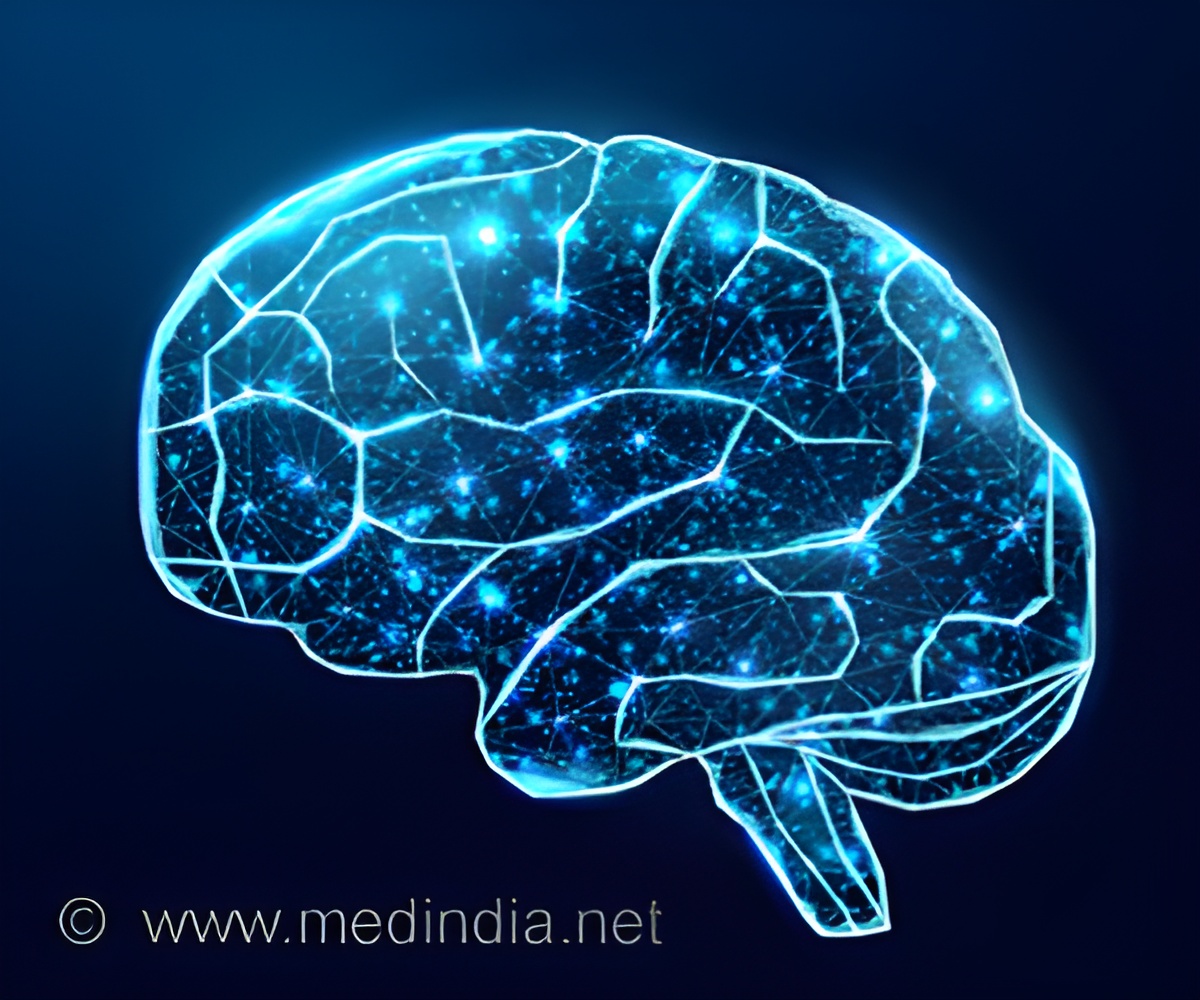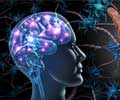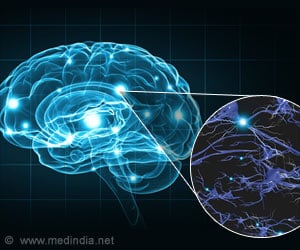New research sheds insights into how the HIV drug maraviroc helps prevent neurodegenerative diseases.

‘HIV drug maraviroc restores the inability of the brain to clear out toxic proteins in Huntington’s disease and other forms of dementia. ’





One method that our bodies use to rid themselves of toxic materials is autophagy, or ‘self-eating’, a process whereby cells ‘eat’ the unwanted material, break it down and discard it. But this mechanism does not work properly in neurodegenerative diseases, meaning that the body is no longer able to get rid of the misfolded proteins. The team carried out their research using mice that had been genetically-altered to develop forms of Huntington’s disease or a type of dementia characterized by the build-up of the tau protein.
The brain and central nervous system have their own specialist immune cells, known as microglia, which should protect against unwanted and toxic materials. In neurodegenerative diseases, the microglia kick into action, but in such a way as to impair the process of autophagy.
Using mice, the team showed that in neurodegenerative diseases, microglia release a suite of molecules which in turn activate a switch on the surface of cells. When activated, this switch – called CCR5 – impairs autophagy, and hence the ability of the brain to rid itself of the toxic proteins. These proteins then aggregate and begin to cause irreversible damage to the brain – and in fact, the toxic proteins also create a feedback loop, leading to increased activity of CCR5, enabling even faster build-up of the aggregates.
Professor David Rubinsztein from the UK Dementia Research Institute at the University of Cambridge, the study’s senior author, said: “The microglia begin releasing these chemicals long before any physical signs of the disease are apparent. This suggests – much as we expected – that if we’re going to find effective treatments for diseases such as Huntington’s and dementia, these treatments will need to begin before an individual begins showing symptoms.”
Advertisement
Dementia Treatment with HIV Drug
This discovery has led to clues to how this build-up could in future be slowed or prevented in humans. The CCR5 switch is not just exploited by neurodegenerative diseases – it is also used by HIV as a ‘doorway’ into our cells. In 2007, the US and European Union approved a drug known as maraviroc, which inhibits CCR5, as a treatment for HIV.The team used maraviroc to treat the Huntington’s disease mice, administering the drug for four weeks when the mice were two months old. When the researchers looked at the mice’s brains, they found a significant reduction in the number of huntingtin aggregates when compared to untreated mice. However, as Huntington’s disease only manifests in mice as mild symptoms by 12 weeks even without treatment, it was too early to see whether the drug would make an impact on the mice’s symptoms.
Advertisement
Professor Rubinsztein added: “We’re very excited about these findings because we’ve not just found a new mechanism of how our microglia hasten neurodegeneration, we’ve also shown this can be interrupted, potentially even with an existing, safe treatment.
“Maraviroc may not itself turn out to be the magic bullet, but it shows a possible way forward. During the development of this drug as a HIV treatment, there were a number of other candidates that failed along the way because they were not effective against HIV. ”
The research was supported by Alzheimer’s Research UK, the UK Dementia Research Institute, Alzheimer’s Society, Tau Consortium, Cambridge Centre for Parkinson-Plus, Wellcome and the European Union's Horizon 2020 research and innovation programme.
Source-Eurekalert















